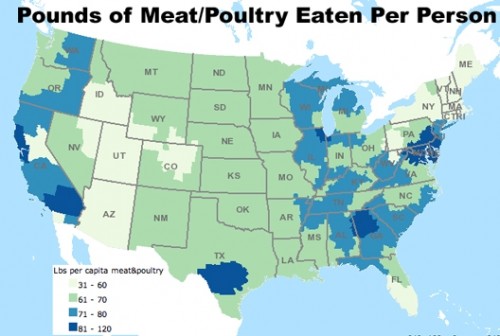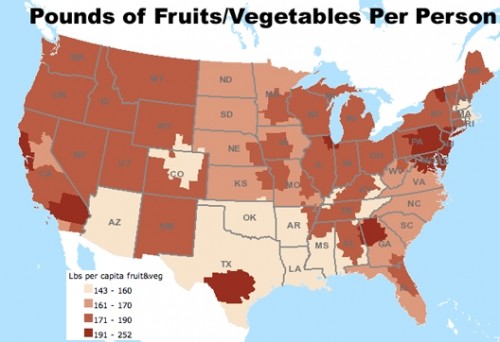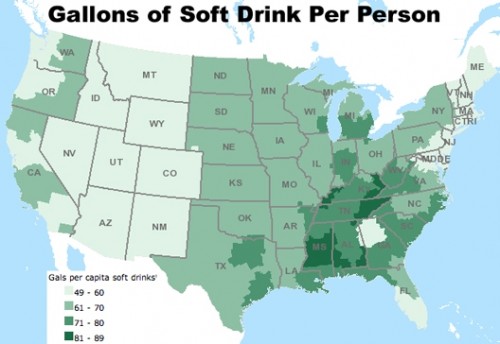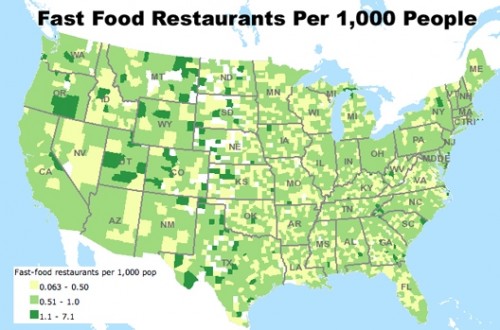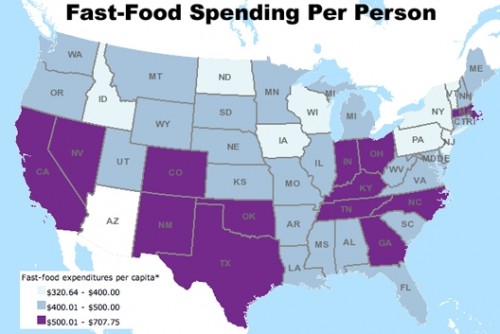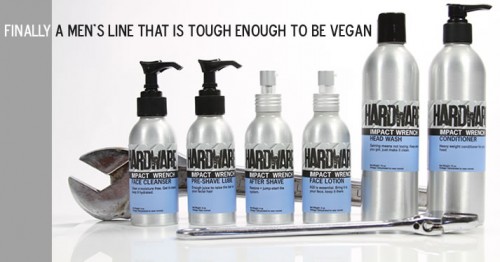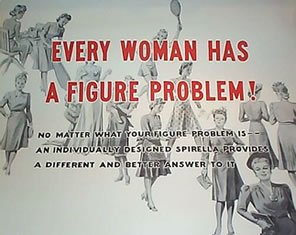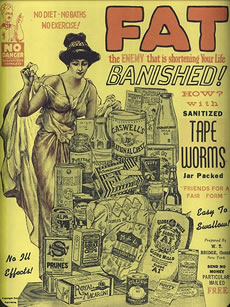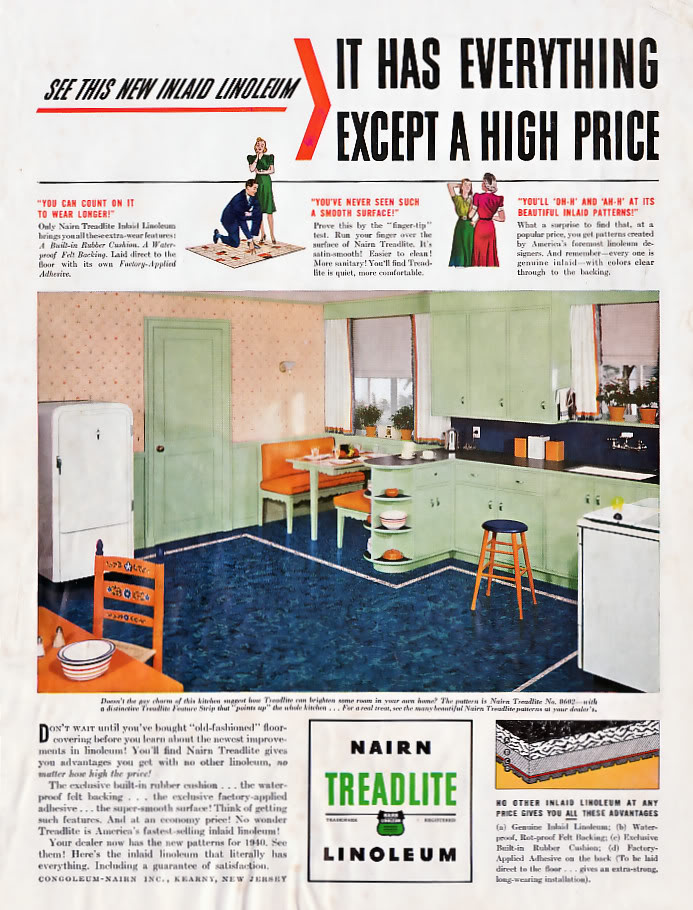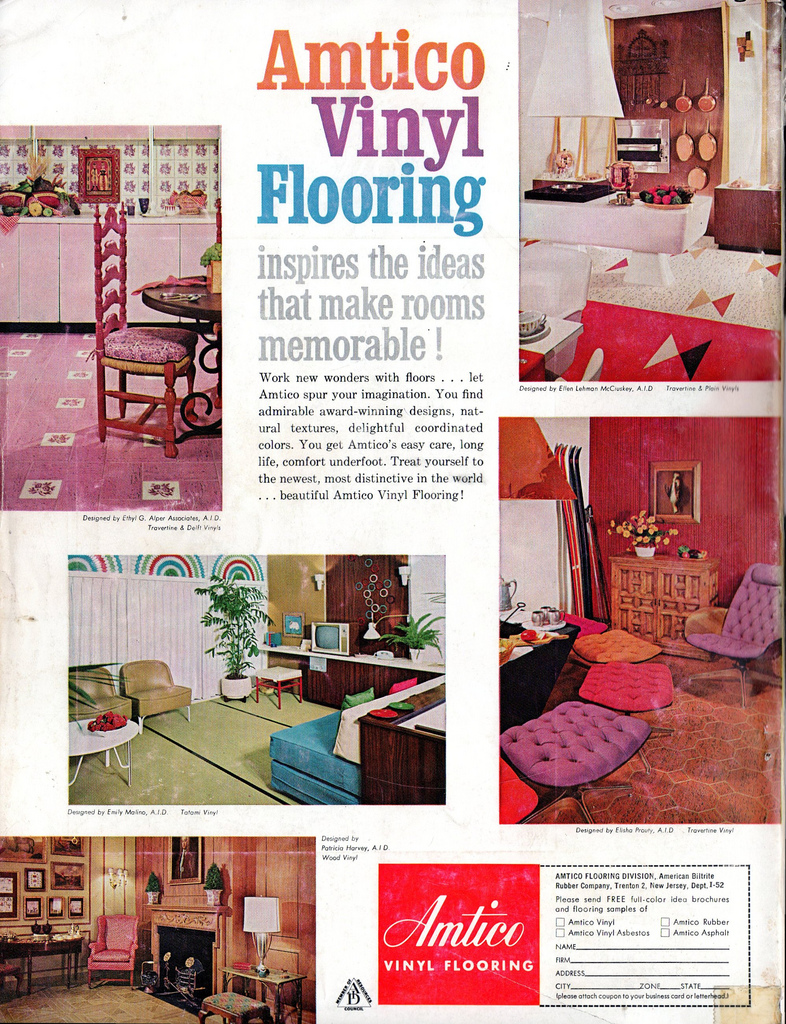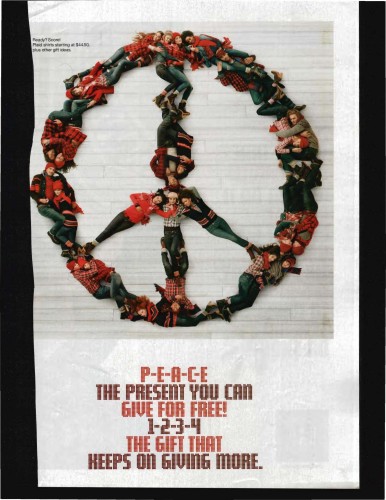Dmitriy T.M. sent in this Dodge ad that associates cars with liberty and, by extension, America itself:
There are a few problems with this conflation of Dodge with patriotism and Americanness. For one, Dmitriy says,
Washington ( as the general) would’ve never been leading the charge. The commanders always stayed back ( preferably on the high ground) so that they could observe the progress and give commands ( and get away as quickly as possible in case of a loss).
So the image of the brave leader charging ahead of his troops into battle is misleading.
In addition, many Dodge vehicles aren’t made in the U.S. So Dodge wants us to associate its brand with the U.S. in a symbolic way that makes irrelevant, and invisible, where the car is made. What’s important is that Dodge, founded in the U.S., builds cars that represent a masculinized, tough version of “freedom,” and of course, freedom is uniquely American. It reminds me a lot of the symbolic identification Pabst Blue Ribbon drinkers often feel with blue-collar workers, an identification that has little to do with the actual production process.


